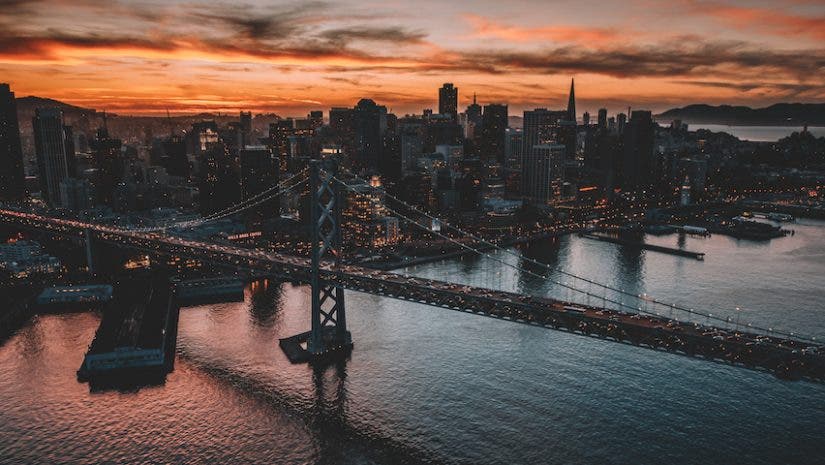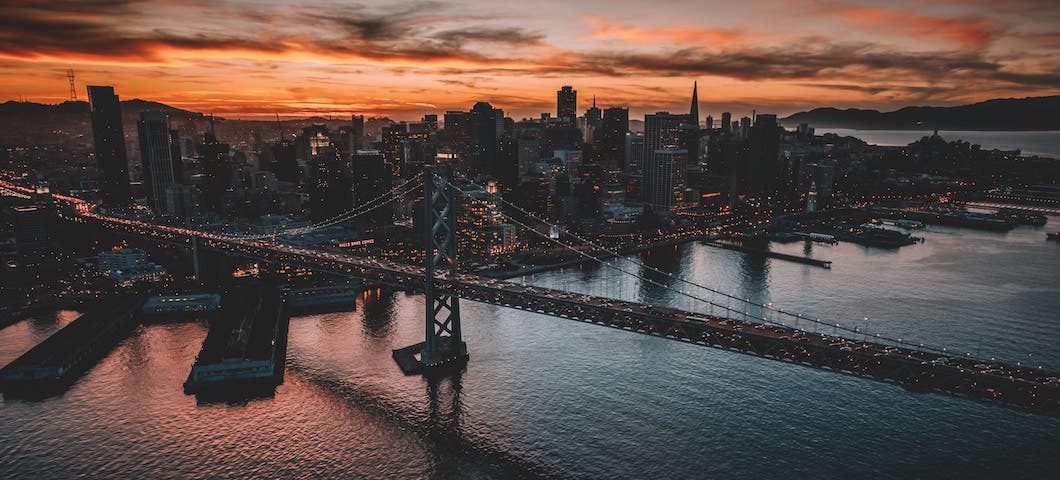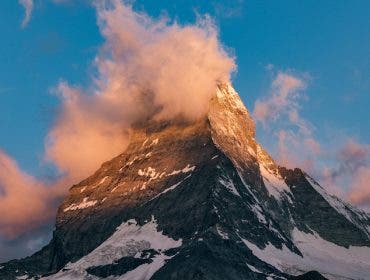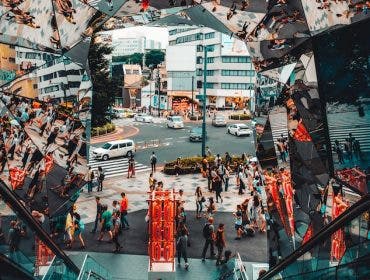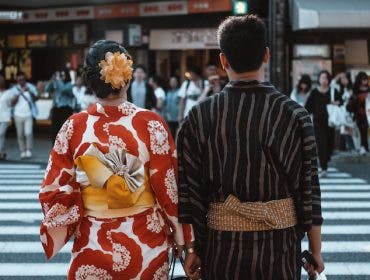It would be incredible to say that someone with no formal training, who had taken no classes or workshops in photography, is one of Instagram’s most in-demand urban photographers. Now include the note that he rose to this success out of addiction and hardship, and the story of Terry Mclaughlin, better known as @asteryx, is more remarkable still.
Mclaughlin grew up in Wichita, Kansas, but relocated to the west coast more than two decades ago. Today, he lives in Downtown Los Angeles, a fact his 300,000 Instagram followers know well, as the area and its residents are frequently subjects of his work. It was Los Angeles and an iPhone that proved to be keys to his recovery; mobile photography of his community became the good habit to replace old, bad ones, and as his knowledge and gear grew, so did his portfolio and audience. Now his clients include Pandora, Under Armour, Express Men, and Puma.
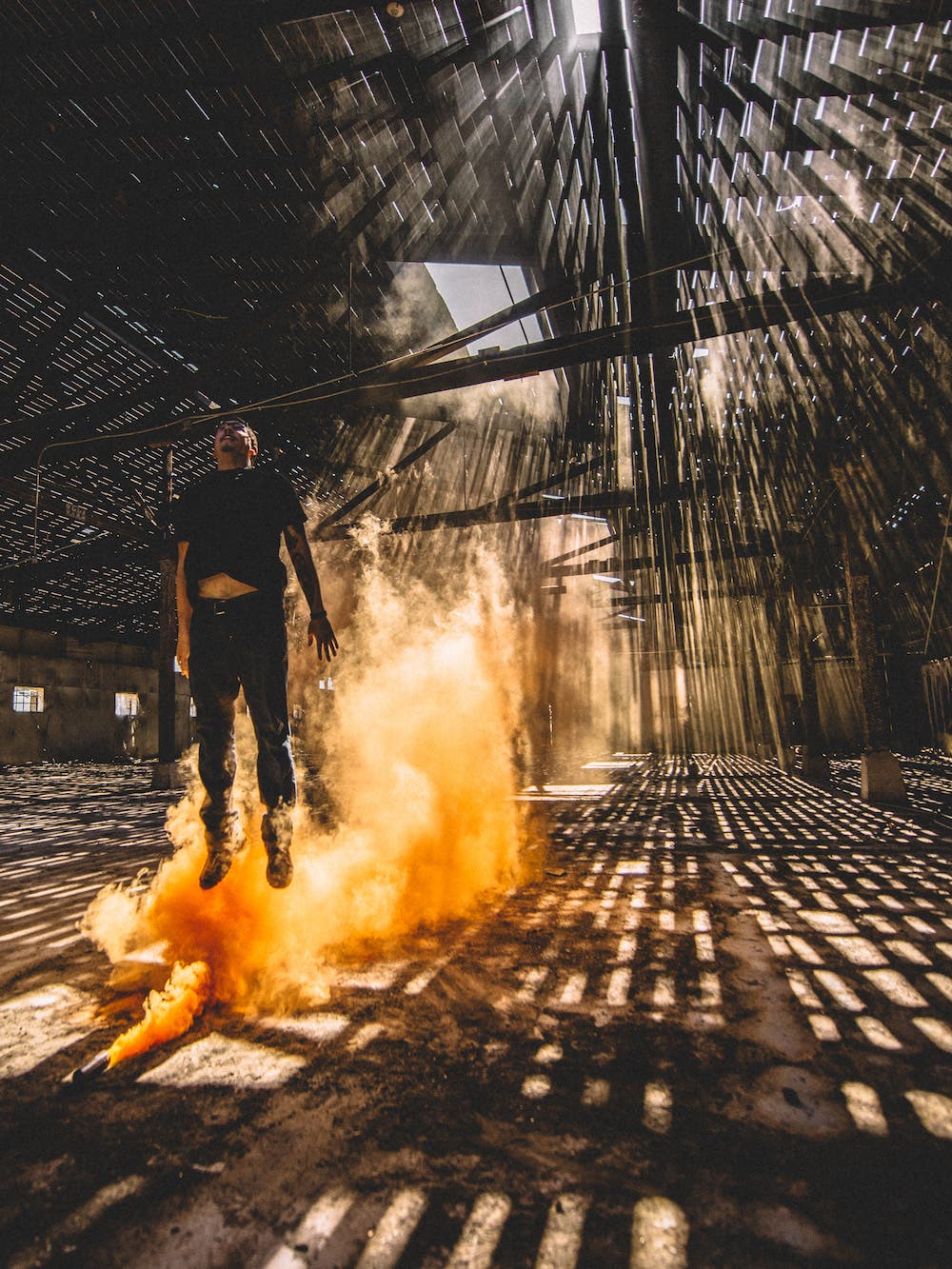
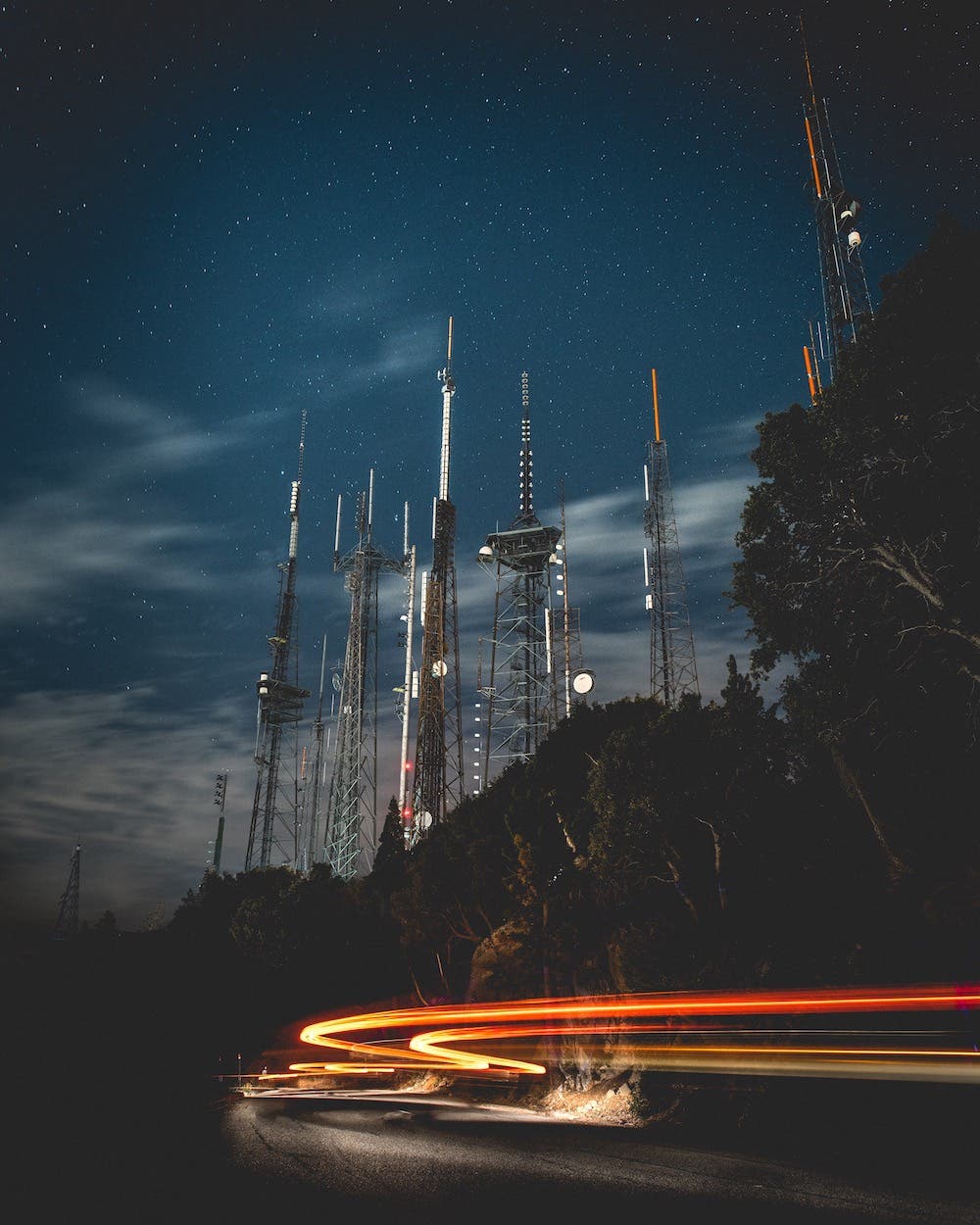
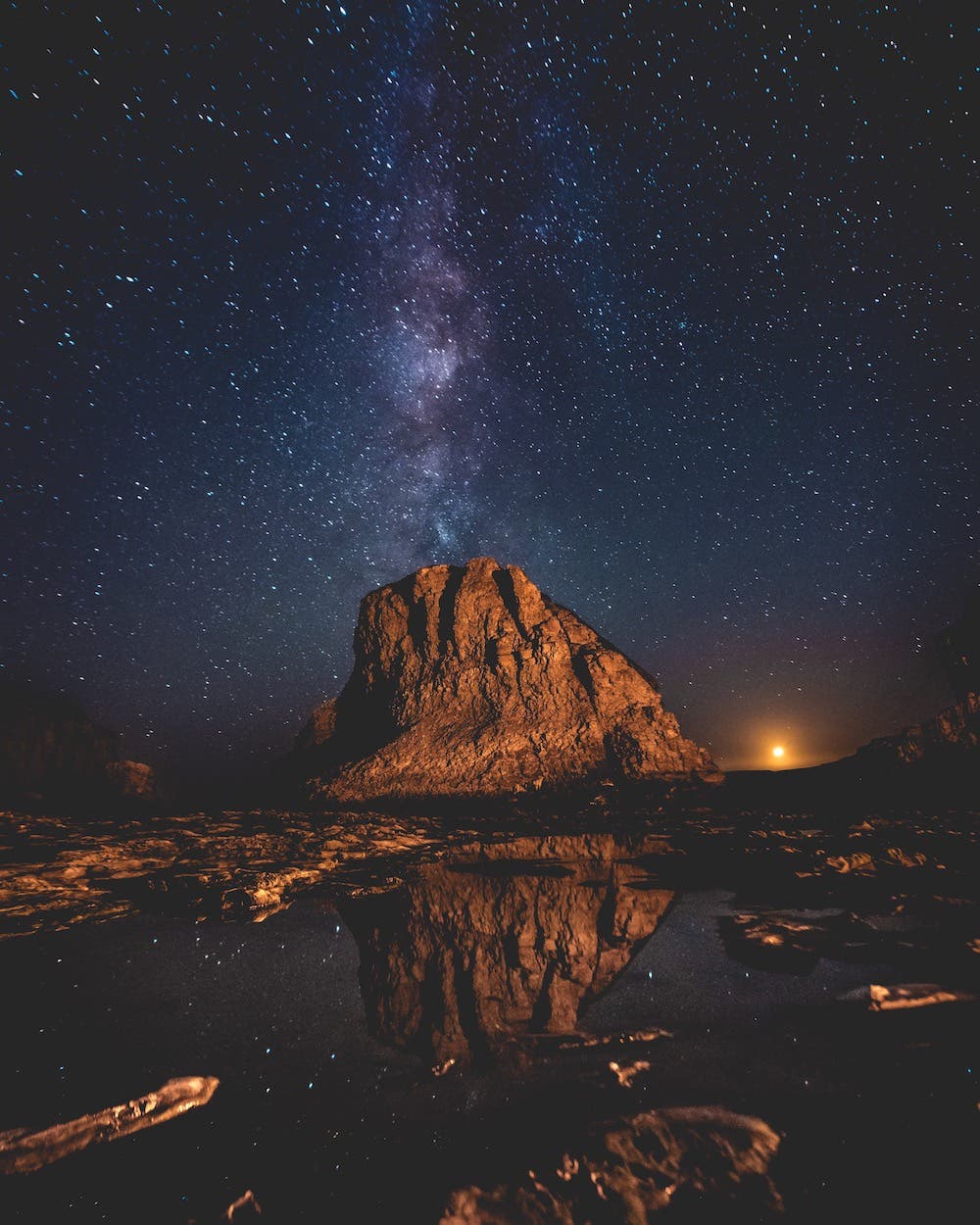
Adorama caught up with Mclaughlin to discover how he scouts for unique locations, and why photographing a chihuahua has left a lasting impression on his outlook.
Adorama: First things first. What is your gear setup and your usual editing workflow?
Mclaughlin: I’m a Nikon photographer. In my bag I have the D850 and D810, and for lenses I use the Nikkor 14-24mm f/2.8G ED, Nikkor 70-200mm f/2.8G ED, Nikkor 24mm f/1.4G ED, Tamron 24-70mm f/2.8 G2, Sigma 50mm f/1.4 DG Art, and Sigma 85mm f/1.4 DG Art. I shoot aerials either by renting a helicopter or flying a drone. For the latter I have the DJI Phantom 4 Pro, DJI Mavic Pro, and DJI Mavic Air.
As for edits, in the beginning I started off with VSCO filters but now I just make my own presets in Lightroom. So I mostly use Adobe Lightroom, with a little Adobe Photoshop sprinkled in here and there. For videos and panoramas I use Final Cut Pro and Autopano Giga.
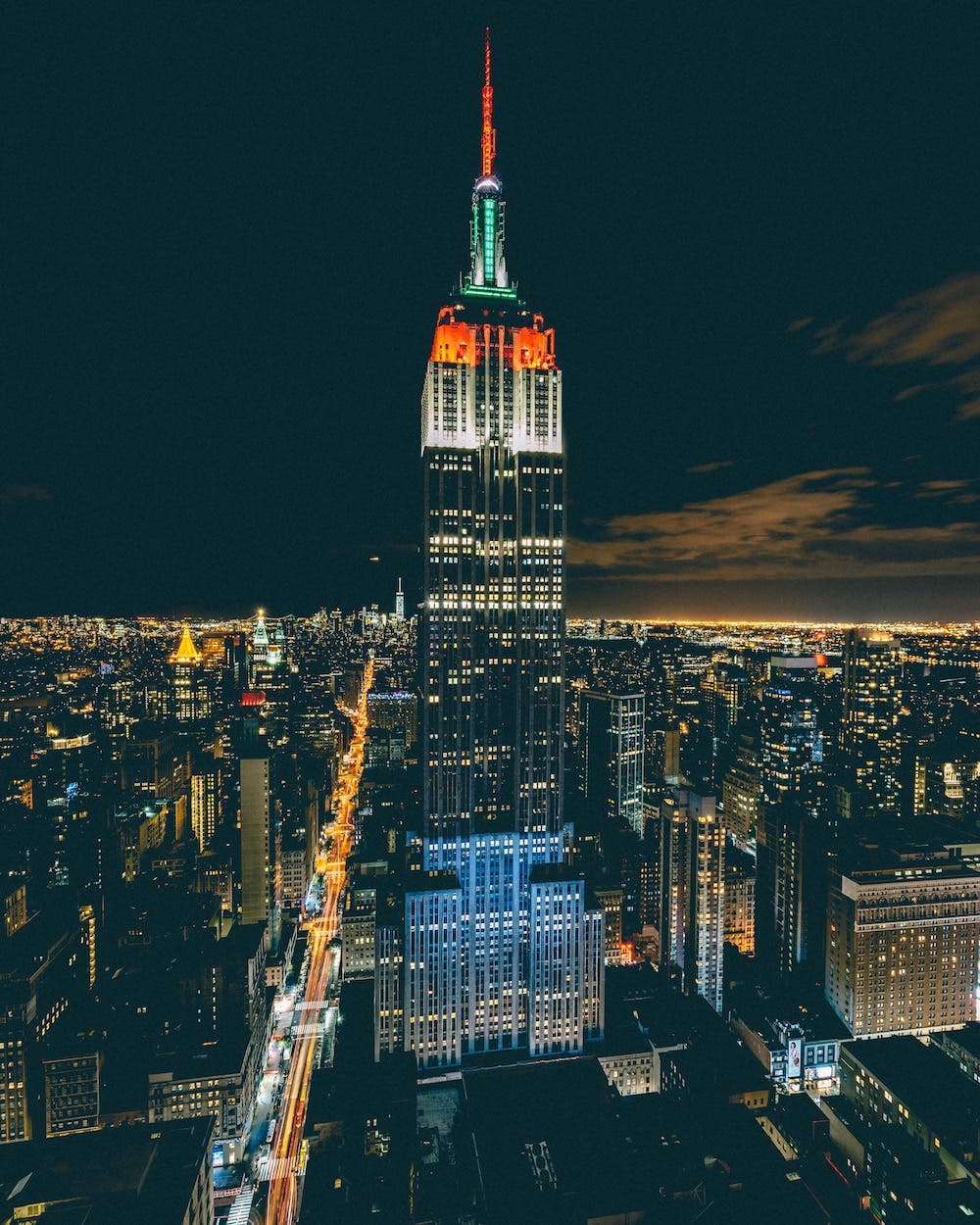
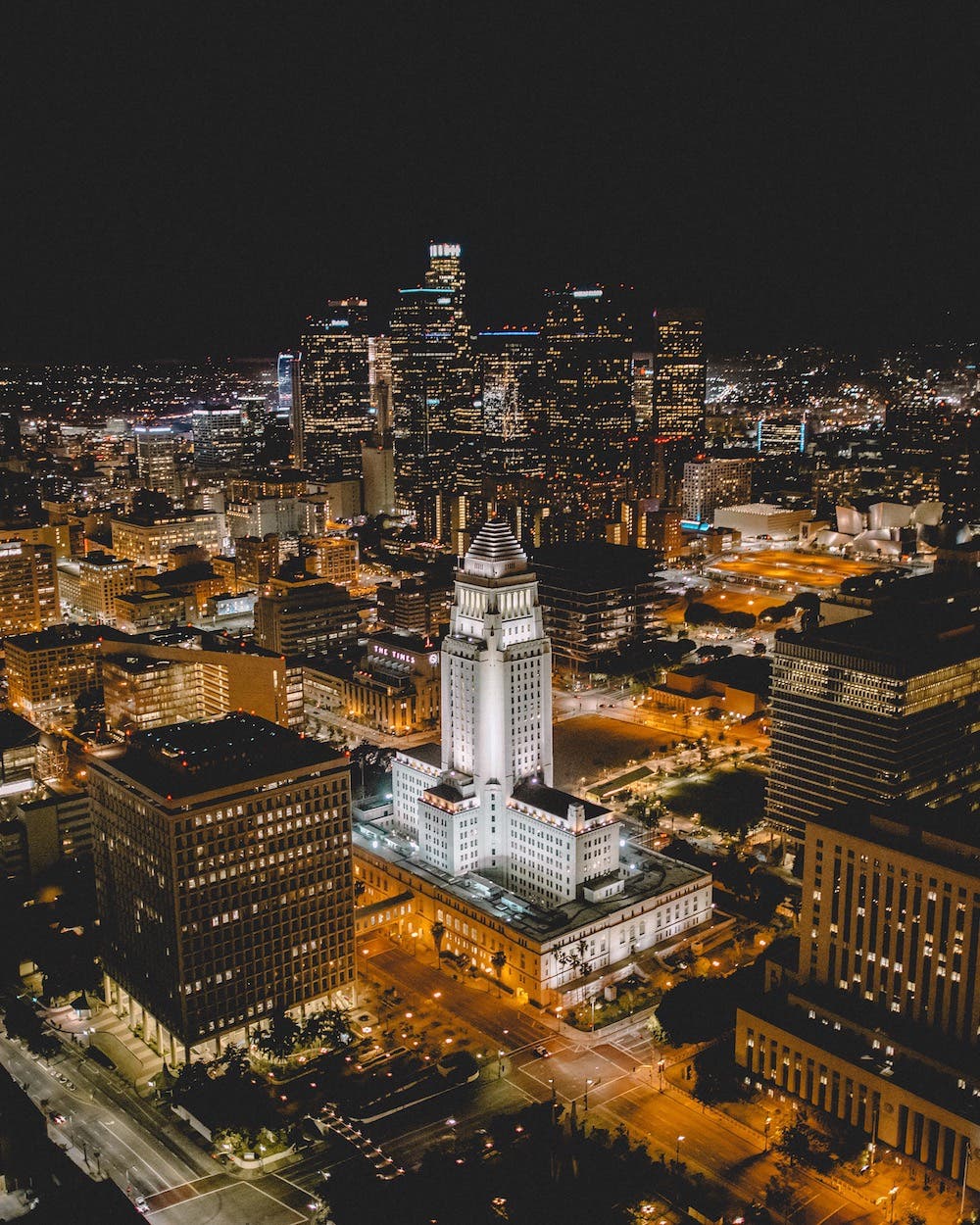

Adorama: What would you consider to be elements of your signature style?
Mclaughlin: My style is urban, street, and aerial photography. I used to be obsessed with HDR when I started out, but then made a transition to a softer style and now I love desaturated but vibrant colors. I love shooting at night and I always underexpose my night cityscapes by at least one stop. I usually like to have a human subject in my photos.
“Coming from a background of addiction and recovery, photography was a healthy hobby to fill my time. It has grown into my passion.”
Adorama: Was there a moment you remember first falling in love with photography?
Mclaughlin: I started off not really knowing my own city, so I decided to head out with my iPhone and go exploring. Eventually I bought a DSLR and decided that I’m not going to put it down until I master it, and in the age we live in you can find all the answers you need online. I think I was filling a void in my life. Coming from a background of addiction and recovery, photography was a healthy hobby to fill my time. It has grown into my passion. The turning point was when Instagram twice featured me for my night photography work.
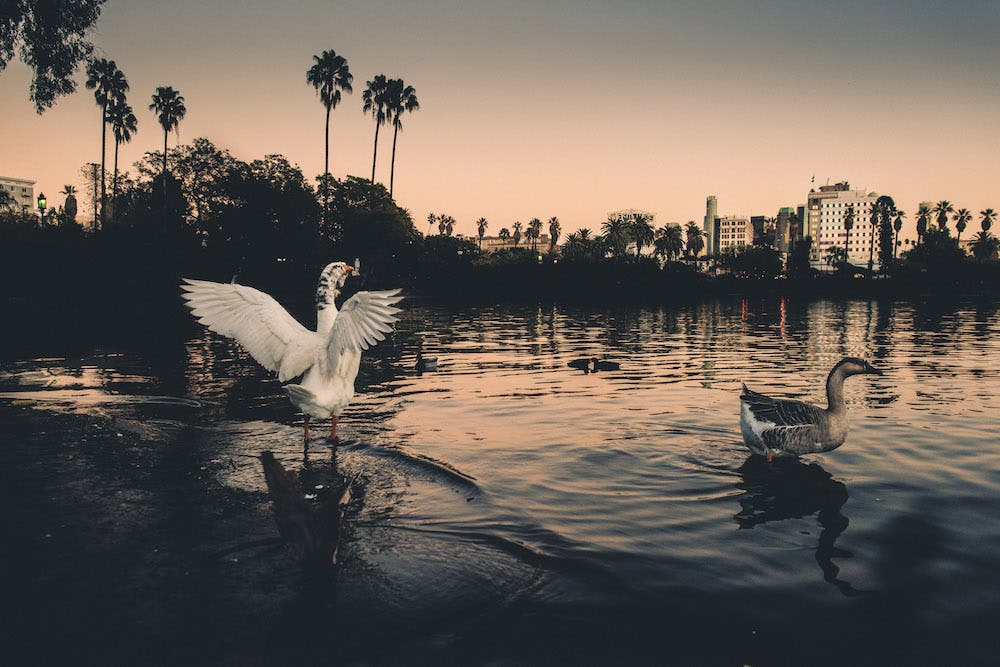
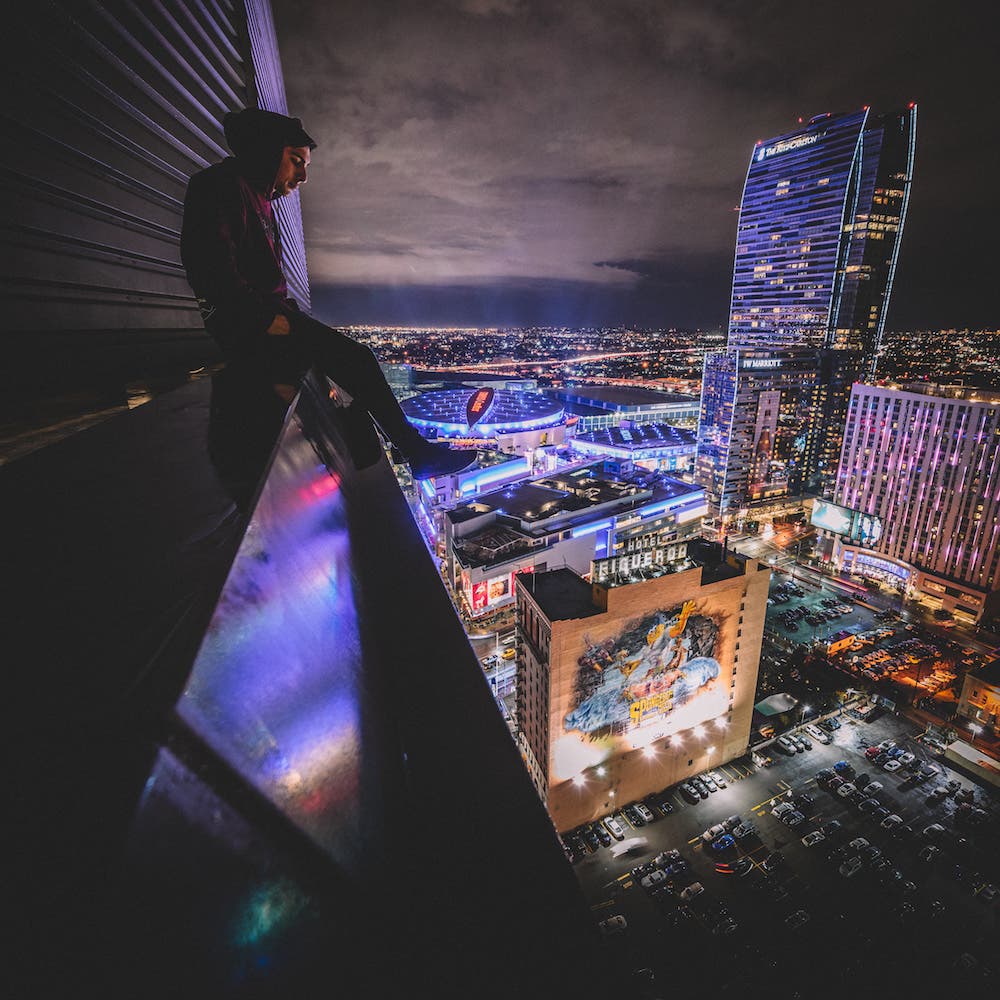
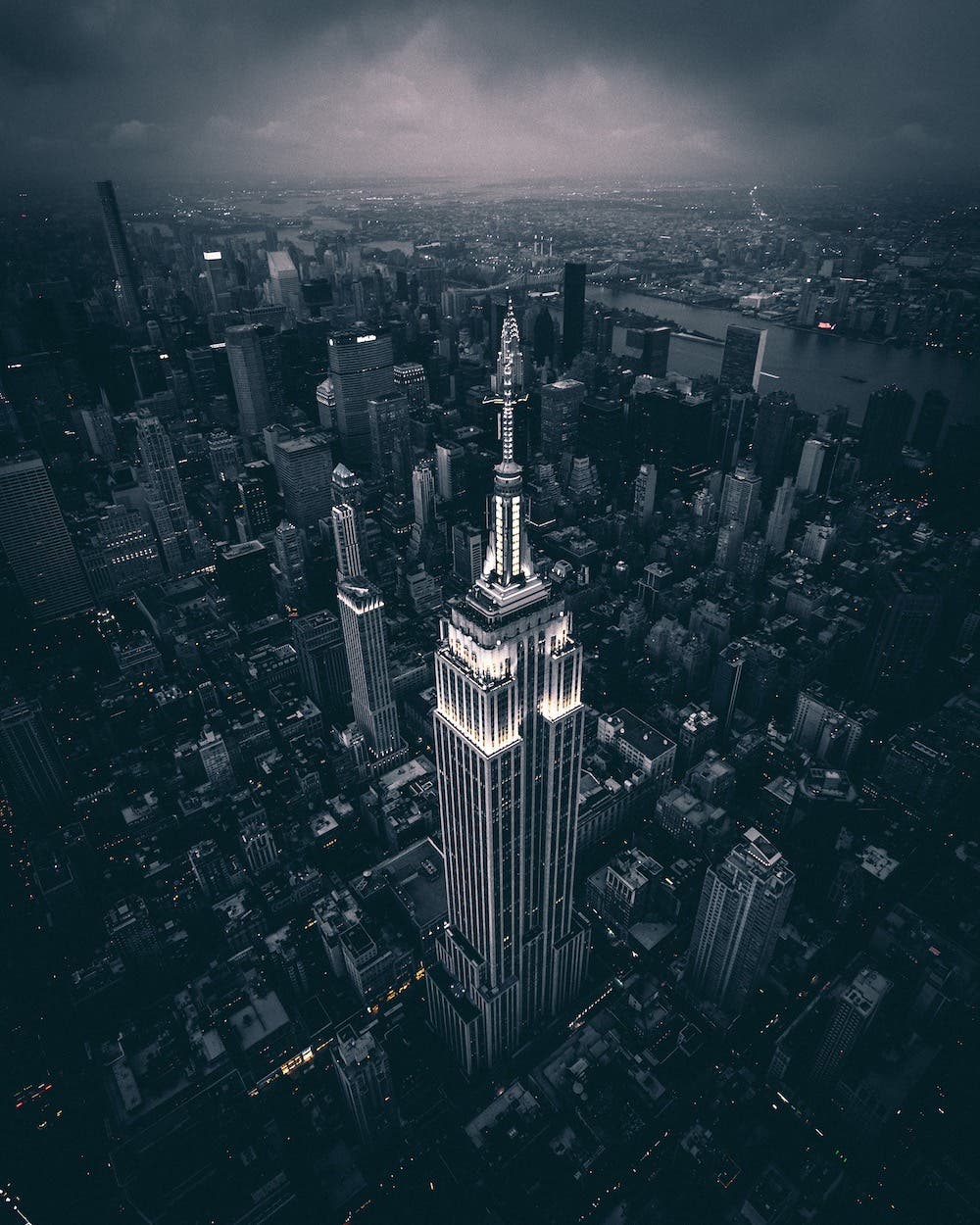
Adorama: How do you make a living right now, and how big a role does your photography play?
Mclaughlin: I am currently a freelance photographer and I recently left my day job to pursue a career in photography. It’s been one of the hardest moves I have ever made. It’s stepping out of comfort and a steady paycheck, and in to a world of uncertainty.
Adorama: How does living in Los Angeles challenge you in your work?
Mclaughlin: If I hadn’t moved to Los Angeles I feel as though I would never have been able to pursue my dreams. It’s truly a great city to live in as a photographer.
Adorama: How much preparation do you put into an image?
Mclaughlin: Most of my photoshoots require advance preparation, especially when it comes to brand collaborations. For these, first I have to develop a concept. Then there’s finding a model, scouting a location, and simply executing the work. But all the work always pays off in the end.
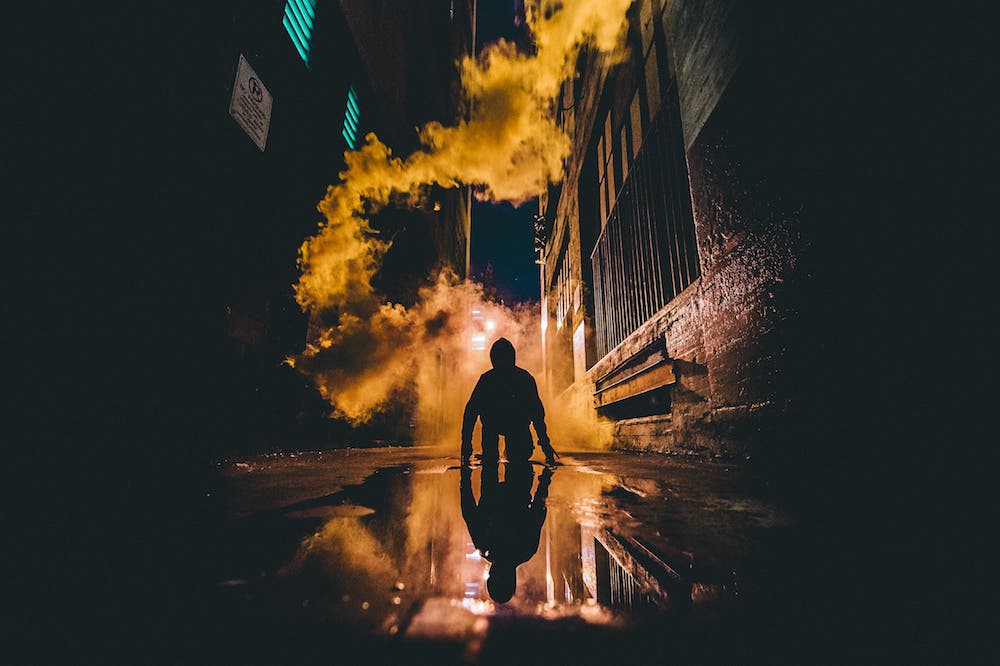
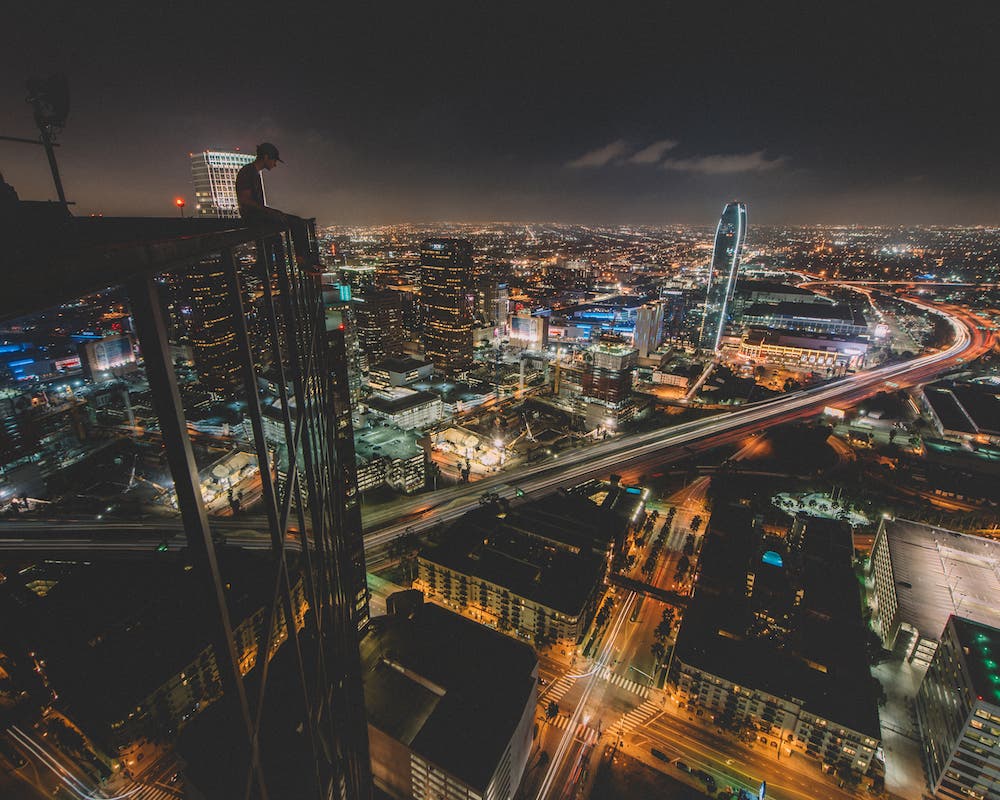
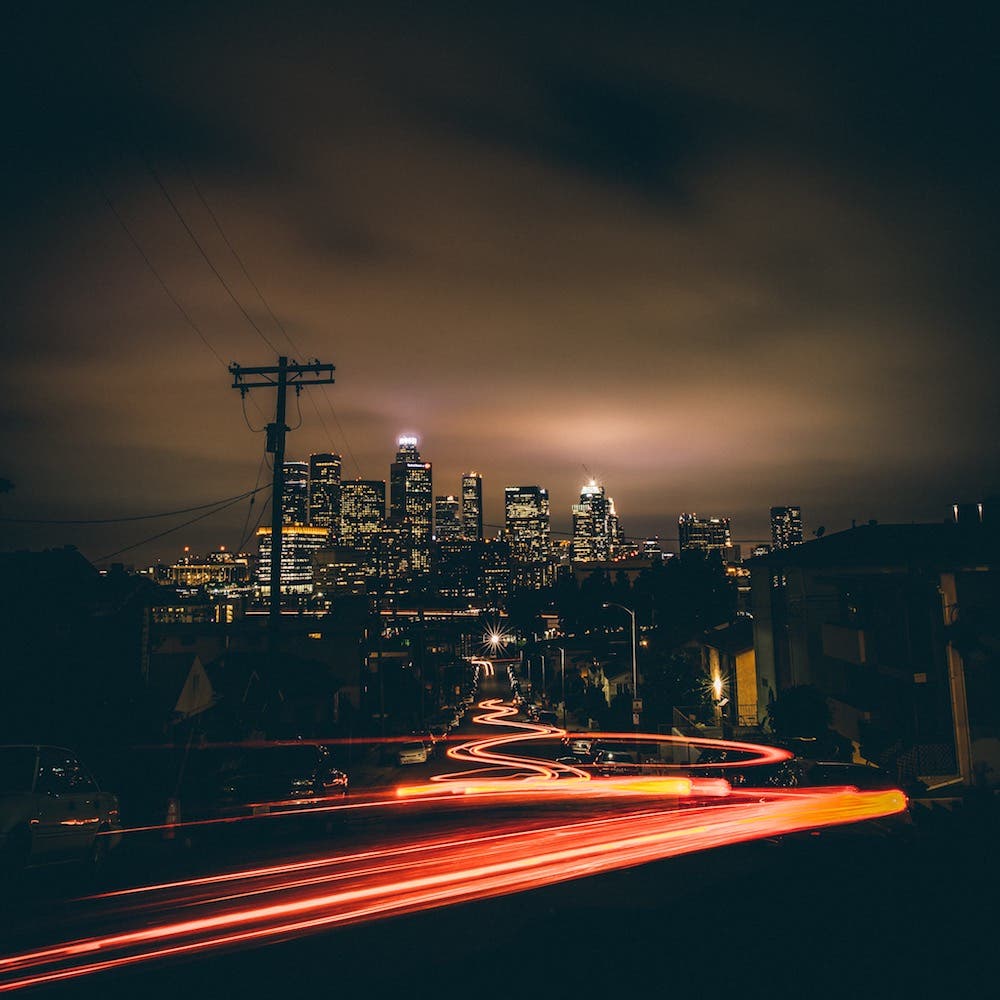
Adorama: Many of your architectural subjects are easily recognized, but what (or who?) helps to lead you to find and photograph some of the “easter eggs” of a city foreign to you? For example, the ship-shaped mall in the Hung Hom neighborhood of Hong Kong, the decaying 747 exhibit in Shanghai, or the fractal mirrored escalator at Harajuku Station?
Mclaughlin: I find these through a combination of research and friendships. I’ve discovered that building relationships with the local Instagram community is the best way to find and learn about places to shoot in a city strange to me. Or I simply do a Google search to find fresh locations, and Google Maps is an invaluable tool to aid in deciphering urban landscapes. Sometimes I rent helicopters; aerial photography is so crazy that it’s hard not to be inspired. I’m always seeing something new from up there.
“My way is to talk to the people. I love to hear their story, and you would be surprised how many are willing to tell it.”
Adorama: Your portraits of the residents of Havana and the homeless in L.A. focus on the deep characteristics of the faces and their expressions. Can you share your top tip to capturing an honest portrait of a person?
Mclaughlin: You have to find a balance in capturing a candid moment while still respecting the subject. My way is to talk to the people. I love to hear their story, and you would be surprised how many are willing to tell it.
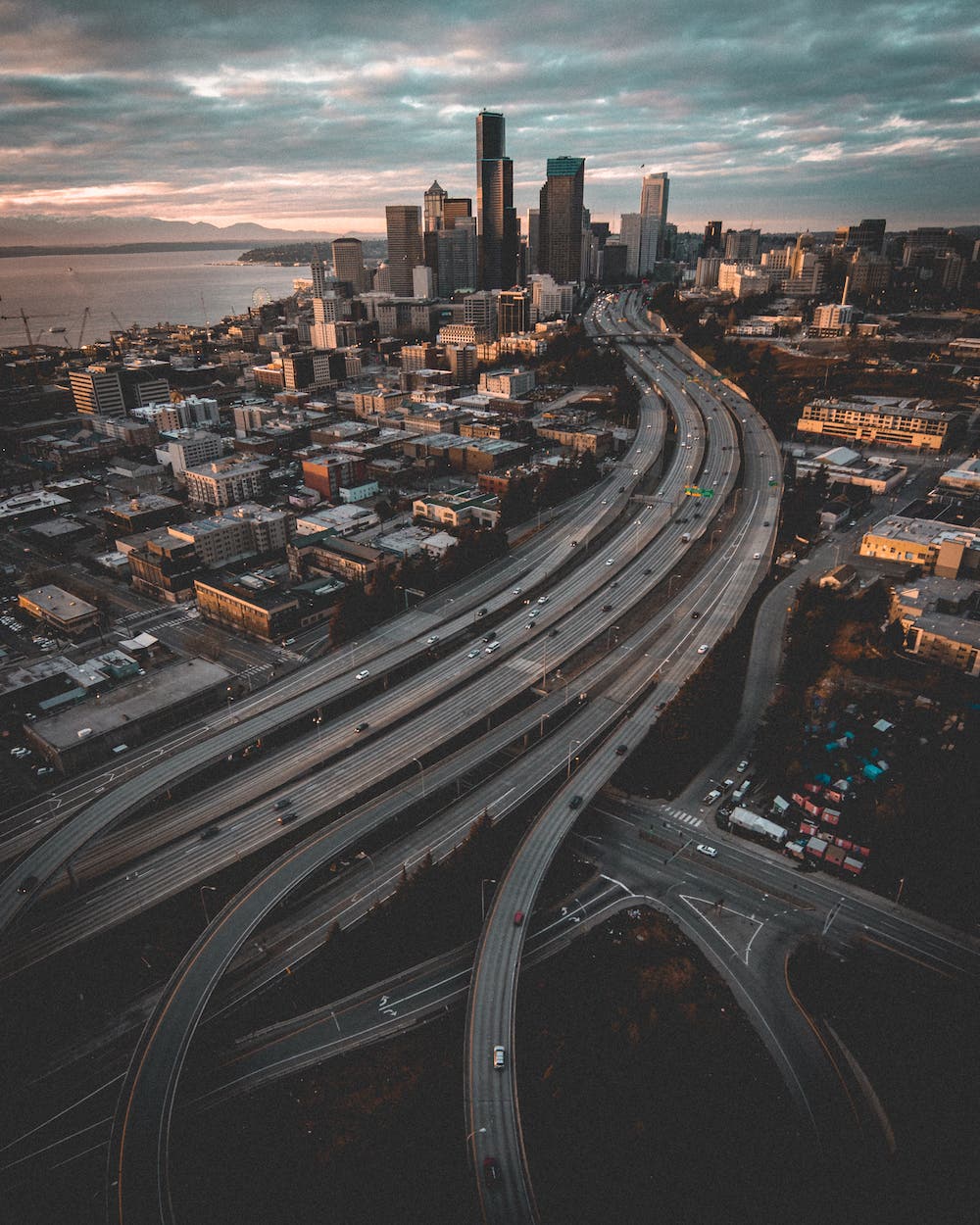
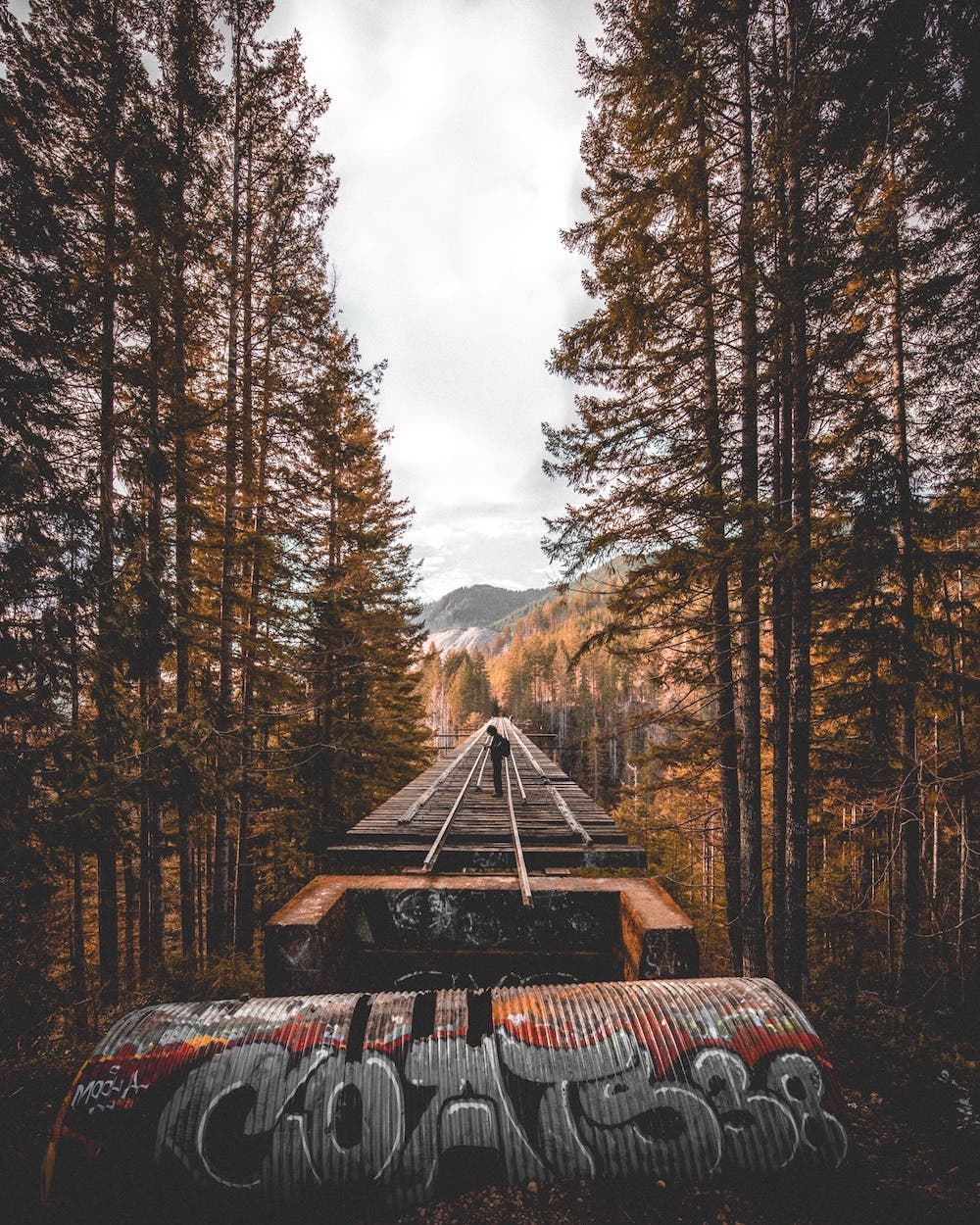
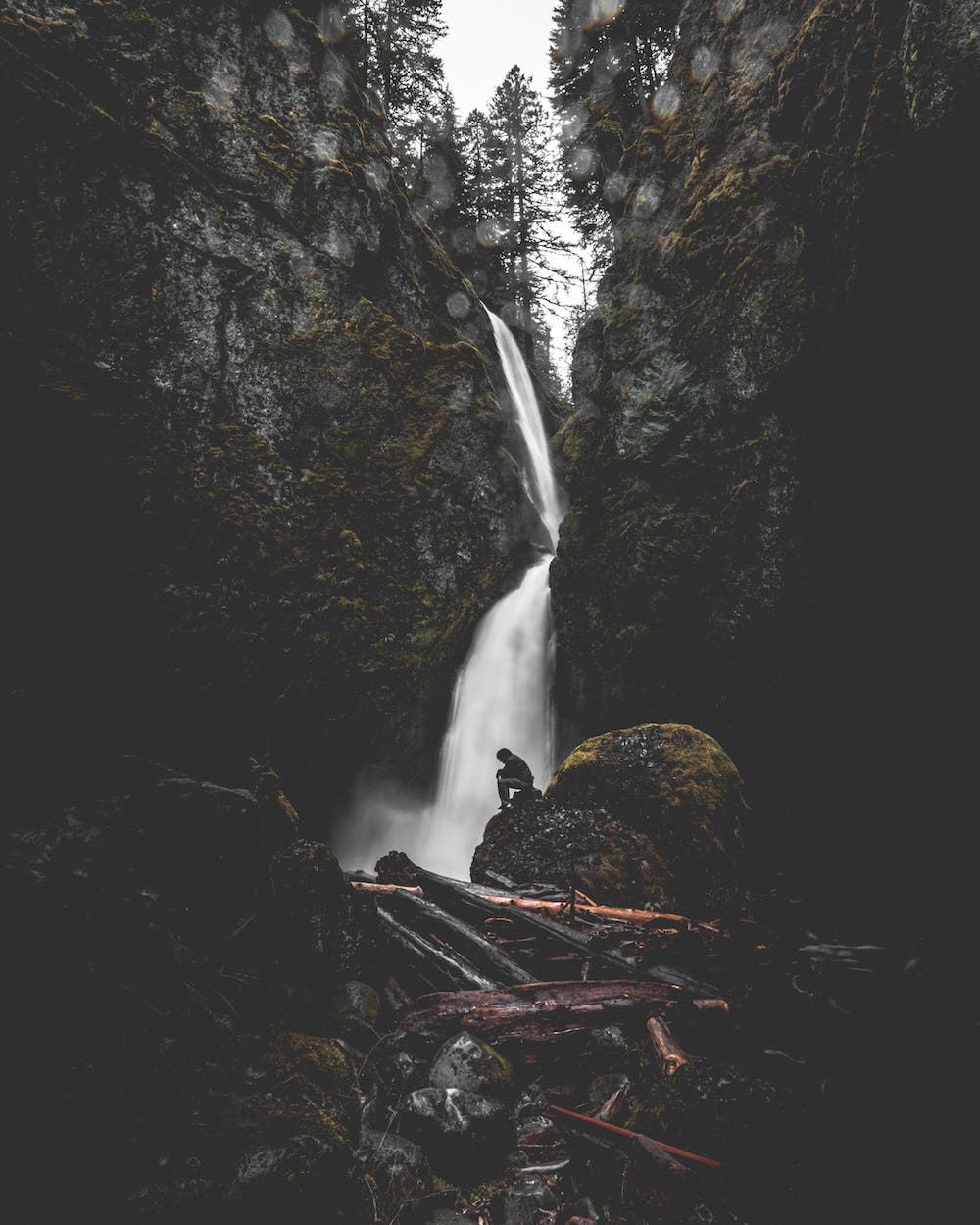
Adorama: What’s your single favorite photo you’ve captured and shared, and can you tell the story behind it?
Mclaughlin: A couple years ago I was walking around Downtown Los Angeles doing street photography. I met an old cholo named Many Feathers. He had his face and head tattooed all over, and I thought to myself that I would love to take his portrait. I approached him, and noticed that he had the cutest little baby chihuahua. Soon we had a small crowd around us, and he began to tell us his story of hardship, drug addiction, and a life spent in prison. He also told us about how he met God, who had delivered him from the bondage of drug addiction and crime. His story really touched my heart.
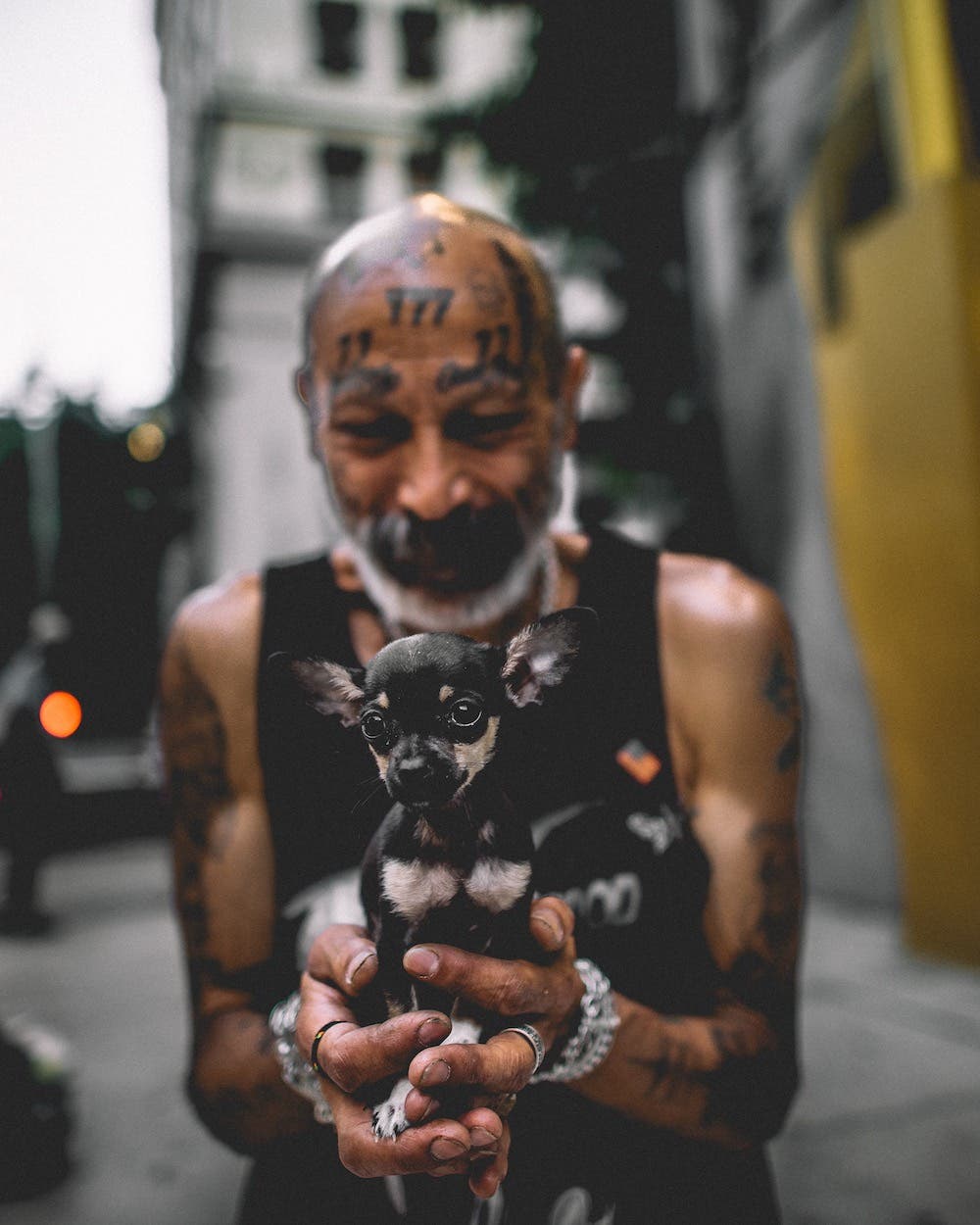
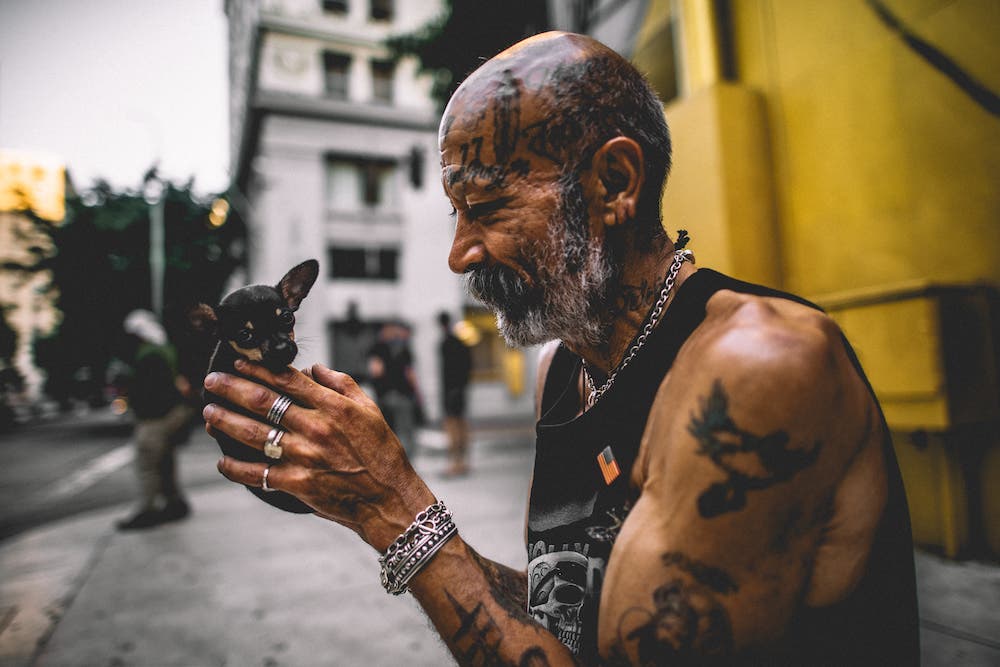
I asked him if I could take his portrait. He smiled and teared up, saying that he would love that. I took him to the Vargas mural of Our Lady, and he dropped to his knees and began to pray to God. He stayed on his knees and lifted up his baby dog while giving thanks for his new life. The juxtaposition of this man, recovering from a broken life, and the perfect puppy as a symbol of his new beginning was incredible to me. I thanked him for his story, and he instructed me to please use the photos and his story to make people smile.
Check out Mclaughlin’s full Through the Lens episode below:
